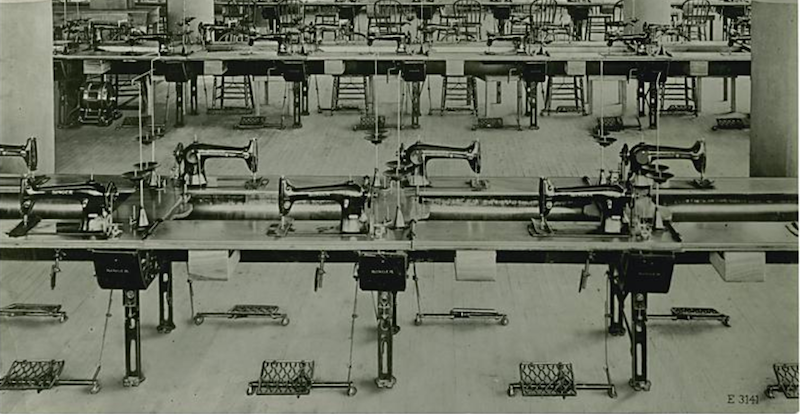The problem [with High Volume Breeding] is the accelerated loss of genetic diversity. When you have a high volume breeder using short generation times that loss stands the potential of having a dramatic impact on the breed as a whole – if you’ve seen ICB’s “extinction vortex”, the combination of high volume breeding at short generation times in a rare breed (small population) is like stomping your foot on the gas pedal as you head into the spiral.
Short generation times also do several other things:
- Prevent selection for health – you can’t select against conditions like cancer, epilepsy, autoimmune disorders, that manifest in middle age if your breeding stock is young
- Prevent selection for working traits – young dogs haven’t developed/ proven their ability yet
- Muddy distinctions between breeding lines – for the above reasons
Quick concrete example of the differences in generation time between breeders – I have a litter now that are grandpups of my dog Honey, so 2 generations removed from her. I can readily find dogs in ESCR that are 7 generations removed from her litter mate brother, Cimarron Rustler. That’s a 5 generation difference between the descendants of these two dogs – using the recommended 5 years/generation interval, that’s jumping ahead 25 years – putting the breed as a whole that much closer to the critical threshold that so many dog breeds have crossed. We (ES breeders) don’t have a plan for breed conservation, we don’t have good data on genetic health in the breed yet, we are pretty much flying blind… going slow while we try to sort these things out makes sense to me. There maybe even more dramatic examples, I just picked a few dogs at random descended from Rusty.
The point is, if what we want to do is breed healthy, functional dogs, and maintain a large, healthy, balanced, diverse gene pool, short generation times are counterproductive. There might be an occasional litter with shorter generation time but on average we want to aim high.
by Mary Peaslee, Ausgust 19, 2019
EDITOR’S NOTE: This commentary is reprinted with permission from the original author. It was written in response to a question about generation time, in the larger context of a discussion about high volume breeding.
